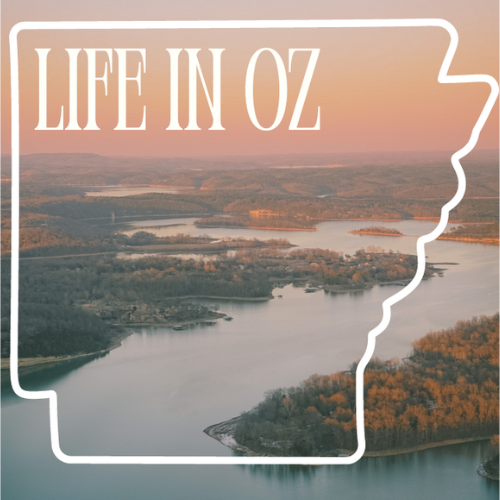My right hand is covered in an Ethiopian chickpea paste, “Shiro”, and the traditional food staple, “Injera”, is being seasoned with salty tears traveling down my cheeks.
Stale blue paint covers the walls. Even with my back turned to the busy street, I can hear gears change, engines exhaust, and the cars struggle to avoid the mud-covered potholes. It is nearing the end of rainy season here in Ethiopia, but the nights are still predictable thunderstorms.
Wednesdays and Fridays are fasting days in the Ethiopian Orthodox Church, with the exception of the 55 days after Easter. Fasting involves eating one vegan meal in the evening or any time after 2:45 p.m. I fast in solidarity while filming here. Which leads me to this moment in time- 5:15 pm on a Friday, in the far right corner of a local hole-in-the-wall restaurant, tears in my eyes as the shop owner protectively watches me from the kitchen window.
Pictured is the dish called Beyayinetu, meaning a variety of stews on a plate of injera. The middle left orange stew is Shiro.
The shiro and injera taste incredible, but it is not the food that elicits this type of emotional breakdown. This is the overwhelming feeling familiar with experienced, novice, and vagabond travelers alike. A feeling that is common amongst any person who has made a connection with a foreign place, community, or culture. Knowing that the moments are now memories. That no matter how many times one comes back, the place will never truly be the same as it was during the first experience.
Truth be told, the tears started forming as soon as I used my right hand to form the first bite of my shiro covered injera. It was in that moment I felt the end of my first visit to Ethiopia was over. My plane boarded tomorrow morning at 7 a.m and my bags were already packed in anticipation of the early morning wake-up call. I had said my goodbyes to friends in Lalibela, and had a heartfelt goodbye to a wonderful friend of mine this same morning. Muli had accompanied me for the entirety of my travels in Ethiopia thanks to Girma at Tadele Travel. We immediately became friends, and he was irreplaceable as a guide, photographer, and translator.
I laughed as the tears welled up in my eyes. Eating injera wasn’t the same without Muli to roll bites of the Ethiopian staple and casually start “friendship feeding” me. A traditional Ethiopian act of friendship called “Gursha”, when a friend, relative, or partner feeds the other person with their right hand during a meal. “Gursha” was lovingly forced upon me at every meal in the last 12 days by Muli or new friends met along the way. As a Westerner and a typically “personal space” oriented person, the first time Muli offered to feed me I felt extremely uncomfortable. I remember thinking, I just met this guy an hour ago and he wants to feed me? Is he serious?
“I just met this guy an hour ago and he wants to feed me? Is he serious? ”
And he was serious. Feeding a friend or family member is a beautiful act of hospitality in Ethiopian culture. As the meals followed, I became more and more adapt to “Gursha”. I even comically tried to roll a bite of injera to feed to a woman I met at a coffee ceremony in Lalibela. To the entertainment of the whole party sharing in the coffee ceremony, the “gursha” was more of a gesture than a proper bite of food.
As I sat in the two table restaurant, I was flooded with memories of the last three weeks. Flashbacks of dancing with the girls in Lalibela for Ashendiye, the long drive to Bonga listening to Teddy Afro, the selfless blessing placed on me by an elderly man outside the historic Saint George Church. Memories of the amusement on every Ethiopian’s face when I spoke Amharic, the priest in the rock-hewn church who prayed for my protection, the coffee ceremony shared with a famer’s family in the Gela Wild Coffee Forest. Sorrow accompanies these incredible moments by the realization that these memories are shared with people I may never see again.
That is the catch 22 that accompanies every traveler. To immerse ourselves in a culture, community, or even just a moment, and knowing that we take only our memories home. These experiences are laced with an immeasurable amount of knowledge, insight, inspiration, and happiness; it is the sole reason to travel. To acknowledge that the trip will eventually come to an end, but to live as if it never will. What a feeling to know that shared memories can be accessed at any given moment on complete opposite sides of the world by the people who shared in them.
That is one reason I believe our world is so drawn to photography. We are addicted to the concrete visuals that allow for us to relive those memories. Even when it is not our own memory captured on camera, we can, as viewers, imagine a feeling or a memory accompanied by a photograph. Pictures instantly remind us of the smells, weather, faces, and voices encompassing the image.
After a taking a photograph, I regularly write down any conversations or senses experienced in that moment. An attempt to remember that moment as intensely as possible. I realize that I can never truly relive the moment, regardless of how accurate my information may be. However, by attempting to do justice to the past, I am reminded to be present. I travel to be aware of living in the now.
And sometimes “living in the now” means crying into a plate of Shiro.






